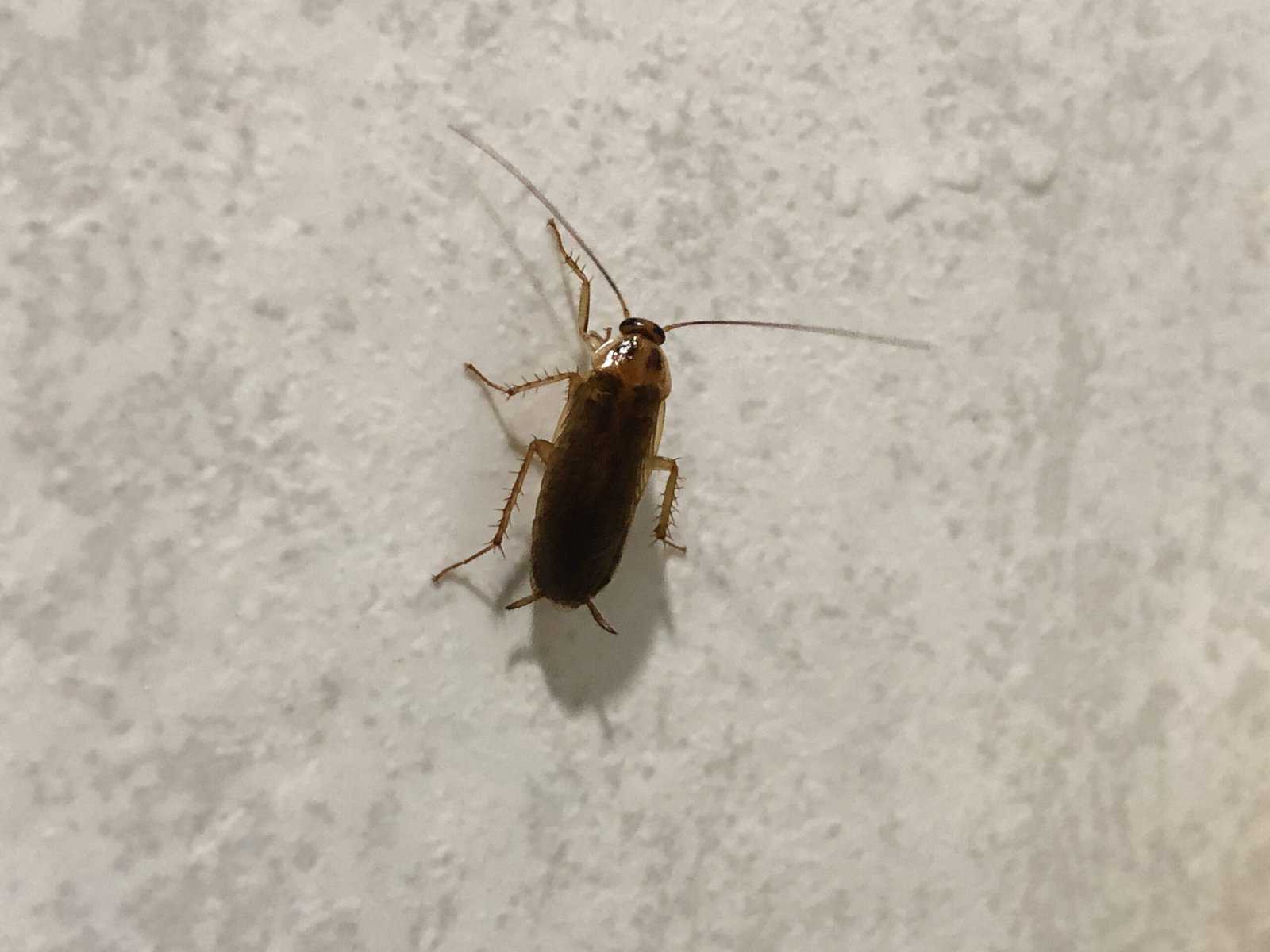
German Cockroaches
German cockroaches (Blattella germanica) are a species of cockroach that are commonly found in homes, restaurants, and other indoor environments. Here are some key characteristics and information about German cockroaches:
Appearance:
German cockroaches are small and light brown or tan in color.
They have two dark parallel stripes running down their backs.
Adults typically grow to about 1/2 to 5/8 inches in length.
Habitat:
They prefer warm and humid environments.
Commonly found in kitchens, bathrooms, and other areas with access to food and water.
They are known to hide in cracks and crevices during the day and come out at night to feed.
Reproduction:
German cockroaches reproduce rapidly. A single female and her offspring can produce thousands of descendants in a year.
Females carry their egg cases (oothecae) until they are ready to hatch, at which point they drop or attach them in hidden locations.
Diet:
They are opportunistic feeders and consume a wide range of food items, including crumbs, grease, and even soap. German cockroaches are attracted to both food and water sources.
Health Concerns:
German cockroaches can pose health risks as they are known to carry bacteria that can be transmitted to humans. They can trigger allergies and asthma, especially in sensitive individuals.
Control and Prevention: Proper sanitation is crucial to preventing and controlling German cockroach infestations. This includes eliminating food and water sources, cleaning regularly, and sealing cracks and crevices. Insecticides and bait traps are commonly used for control, but professional pest control may be necessary for severe infestations.
It’s important to address a German cockroach infestation promptly, as they can multiply rapidly and become a significant nuisance. If you suspect a cockroach infestation, consider seeking the assistance of a pest control professional to develop an effective eradication plan. Additionally, maintaining a clean and hygienic living environment can help prevent future infestations.